Disclosure: This article contains affiliate links. We may earn a commission from purchases at no extra cost to you, which helps our travel content.
After decades of traveling with my camera, few places ignite my creative spirit like Nairobi. This vibrant metropolis—where giraffes roam against a backdrop of skyscrapers—is a photographer's terrain de jeu parfait (perfect playground). Having first visited Kenya on that life-changing company retreat 25 years ago, I've returned countless times to document this city's remarkable evolution. Whether you're tracking urban wildlife or capturing the pulse of East Africa's most dynamic city, Nairobi offers endless visual narratives waiting to be framed.
Nairobi National Park: The Urban Safari Experience
The juxtaposition of wild animals against Nairobi's skyline creates what I call a 'visual boss level' for photographers. This 117 square kilometer sanctuary, just 7km from the city center, offers an experience unlike any other urban park in the world.
On my last visit with my grandson Luc, we arrived at the east gate by 6:30 AM—the golden hour is truly golden here. The early light bathes the savanna in warm tones that make lions and zebras appear as if they've been digitally enhanced. C'est magique!
For telephoto work, I rely on my lens stabilizer to capture those crystal-clear shots of distant wildlife. The park's diverse habitats—from open grasslands to acacia woodlands—house over 400 bird species and 80 mammal species including the endangered black rhino.
What makes this park a photographer's dream is the accessibility. Unlike remote safaris requiring specialized vehicles, here you can capture incredible wildlife imagery and still be back in the city for lunch at a trendy café. It's like playing a game with multiple save points—you can always return to civilization when needed.
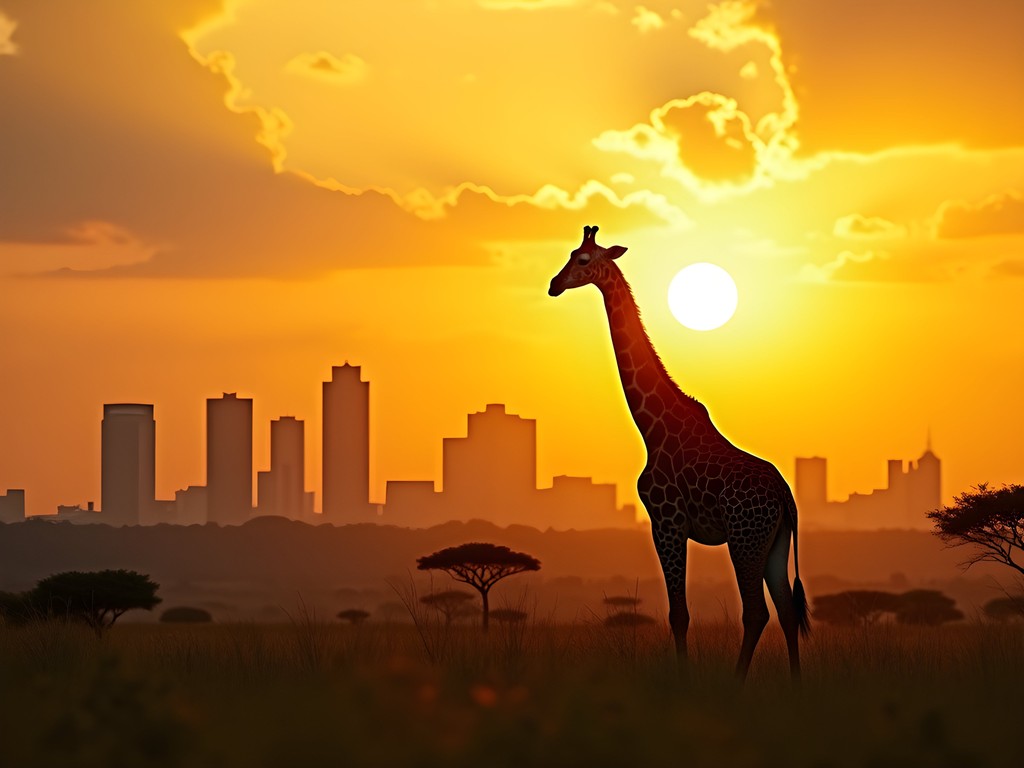
💡 Pro Tips
- Arrive at the park gates before sunrise for optimal lighting and active wildlife
- Book a specialized photography safari vehicle with a pop-up roof for unobstructed shots
- Use the park's elevation changes to capture dramatic compositions with the city skyline
Capturing Cultural Nairobi: Markets, Streets, and Stories
Nairobi's cultural tapestry offers endless photographic narratives beyond wildlife. The city pulses with color, movement, and humanity—elements that challenge and reward the observant photographer.
Maasai Market (which rotates locations throughout the week) remains my favorite cultural immersion. Unlike the structured game environments I design professionally, markets are gloriously unpredictable. Last year, I spent three hours documenting artisans creating intricate beadwork, their fingers moving with the precision of the most sophisticated animation sequences I've coded.
For street photography, I've learned that respecting local customs is non-negotiable. My approach is simple: connect first, photograph second. A small instant printer has become my secret weapon—offering printed portraits to subjects creates goodwill and often leads to more authentic photographs and meaningful conversations.
The Central Business District transforms dramatically from morning to evening. Dawn reveals street vendors setting up, midday brings business energy, and dusk offers a golden glow on the architecture. Each phase presents distinct photographic opportunities—like different levels in a well-designed game.
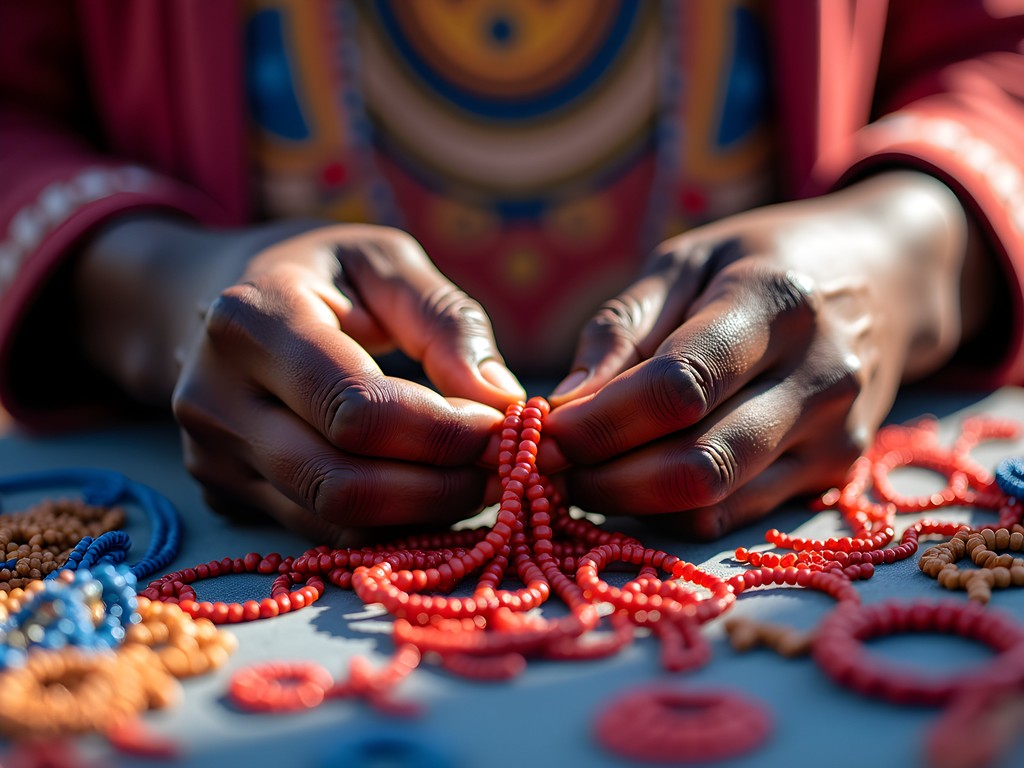
💡 Pro Tips
- Learn a few Swahili phrases to build rapport before photographing locals
- Visit Kenyatta Market on Tuesdays when fabric vendors create vibrant color displays
- Use a discreet camera setup in crowded areas—my weathered camera strap attracts less attention than brand new gear
Urban Wildlife Beyond the Park: Giraffe Centre & Elephant Orphanage
Nairobi offers controlled wildlife encounters that provide exceptional photography opportunities, especially valuable when traveling with family or when you desire closer access than the national park permits.
The Giraffe Centre in Langata allows for extraordinary eye-level portraits of Rothschild giraffes. Quelle expérience! There's something magical about framing those enormous eyes and distinctive patterns from just meters away. For the best light, arrive when they open at 9 AM or in the late afternoon around 4 PM when the sun creates beautiful rim lighting on the giraffes' elegant profiles.
For truly emotional wildlife photography, the David Sheldrick Wildlife Trust's elephant orphanage showcases conservation in action. I've visited six times, and the morning feeding sessions (11 AM to noon) offer the most photographic activity. My waterproof camera bag has saved my equipment multiple times when playful elephants spray water or mud!
Both locations work beautifully with wide-angle environmental portraits or intimate telephoto shots. I approach these experiences like designing game characters—seeking to capture personality and emotion rather than just appearance.
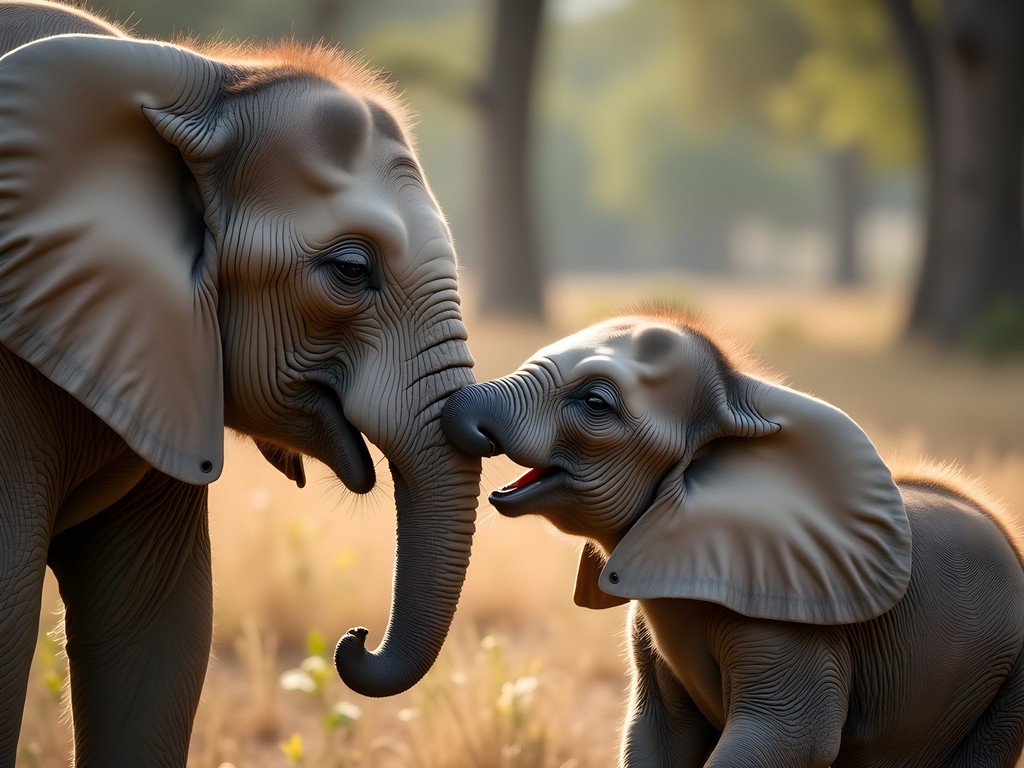
💡 Pro Tips
- Use a fast shutter speed (minimum 1/500s) for the unpredictable movements of baby elephants
- Bring a polarizing filter to manage harsh midday light and enhance the natural colors of the animals
- Position yourself strategically at the elephant orphanage—the far right side of the viewing area typically gets less crowded
Cityscapes and Architecture: Modern Nairobi Through the Lens
Nairobi's rapidly evolving skyline offers compelling architectural photography that challenges the stereotypical images of East Africa. The city's visual narrative reminds me of game world design—layers of history and modernity creating a complex, visually rich environment.
For sweeping urban vistas, KICC (Kenyatta International Convention Centre) observation deck provides 360-degree views. I've found that late afternoon (around 4 PM) creates dramatic shadows and dimension across the cityscape. My ND filter set has proven invaluable for managing the intense equatorial light while capturing long exposures of traffic flows below.
The Railway Museum juxtaposes colonial-era trains against modern developments—a photographer's metaphor for Kenya's journey. The contrast between weathered steel and gleaming glass towers creates visual tension that tells a deeper story about Nairobi's evolution.
For architecture enthusiasts, the University of Nairobi offers brutalist concrete structures alongside colonial buildings. The campus grounds are accessible without permits (though interior photography may require permission), and the changing light throughout the day transforms these structures dramatically.
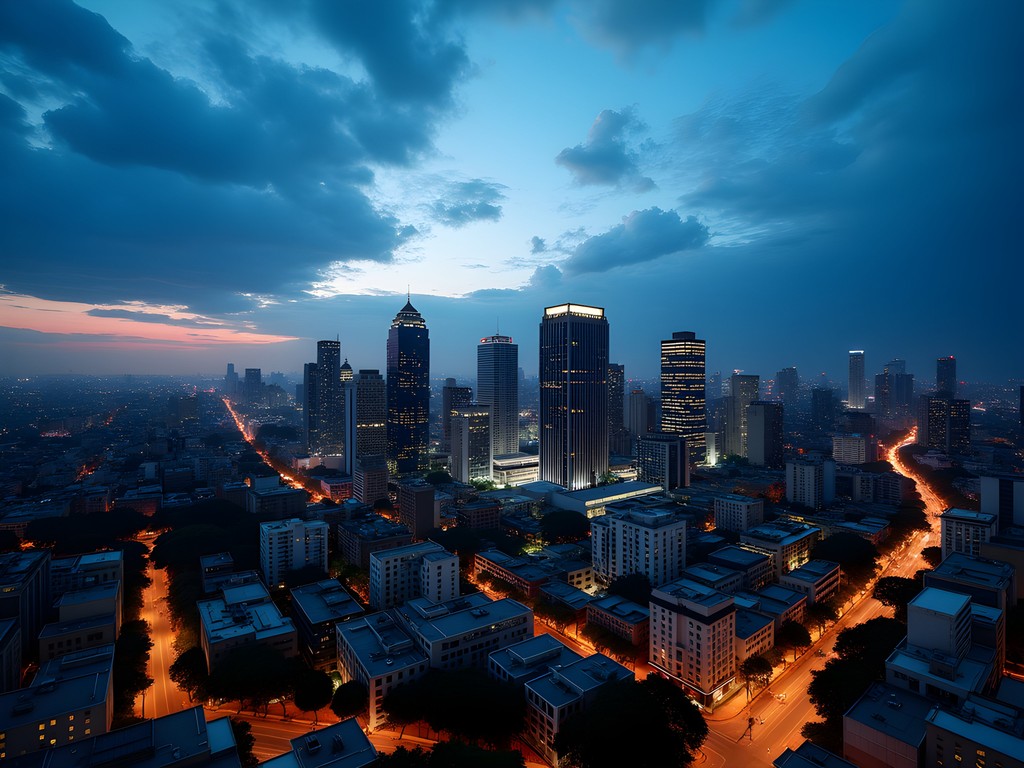
💡 Pro Tips
- Use a circular polarizer to reduce glare on modern glass buildings and deepen the blue sky
- Visit the KICC observation deck on weekdays to avoid weekend crowds in your cityscape shots
- Photograph the CBD during the blue hour (just after sunset) when office lights create a compelling grid against the darkening sky
Essential Photography Gear for Nairobi
After numerous photography expeditions in Nairobi, I've refined my gear list to balance versatility, protection, and mobility. This city demands equipment that can transition from dusty savanna to polished urban environments within hours.
My lens cleaning kit has saved countless shots in Nairobi's dusty conditions. The fine red dust is ubiquitous during the dry season and can compromise image quality quickly if not managed.
For wildlife photography, I carry a telephoto zoom lens which offers the reach needed for distant subjects while remaining manageable for travel. When paired with a rain cover, it's protected during those unexpected afternoon showers that can occur even in the dry season.
Power reliability is crucial in Nairobi, where outages occur regularly. My solar charger has proven indispensable during day trips to areas with limited infrastructure. C'est un véritable sauveur!
For street photography, I prefer a discrete camera wrist strap rather than the more obvious neck strap, making my presence less conspicuous in markets and crowded areas.

💡 Pro Tips
- Pack twice as many memory cards as you think you'll need—Nairobi's photographic opportunities are abundant
- Invest in a quality camera rain cover that also protects against dust—the red soil becomes airborne easily
- Consider a cross-body camera bag rather than a backpack for easier access in crowded areas
Final Thoughts
Photographing Nairobi is like playing a beautifully designed open-world game—each district offers unique visual challenges and rewards, and the city constantly surprises even veteran visitors like myself. Whether you're capturing the surreal juxtaposition of giraffes against skyscrapers or documenting the energy of urban markets, Nairobi demands both technical skill and cultural sensitivity from photographers.
I've watched this remarkable city evolve over 25 years of visits, each time discovering new visual stories to tell. The photographs I've created here have become treasured educational tools for my grandson, connecting him to a world beyond Sacramento and instilling a respect for both wildlife conservation and cultural diversity.
As you plan your own photographic adventure in Nairobi, remember that the most compelling images emerge when you approach each scene with both patience and curiosity. La photographie est une conversation, pas une capture—photography is a conversation, not a capture. Let Nairobi speak to you through your viewfinder, and you'll return with images that tell stories far beyond what typical tourism portrays.
✨ Key Takeaways
- Nairobi offers unique wildlife photography opportunities within an urban context
- Early morning and late afternoon provide optimal lighting conditions for both wildlife and cityscape photography
- Building rapport with locals before photographing creates more authentic cultural images
- Weather protection for camera gear is essential during Nairobi's dusty dry season
- The contrast between natural and urban elements creates Nairobi's most compelling visual narratives
📋 Practical Information
Best Time to Visit
June to October (dry season)
Budget Estimate
$100-150 per day including accommodation, transportation, and park fees
Recommended Duration
7-10 days
Difficulty Level
Moderate
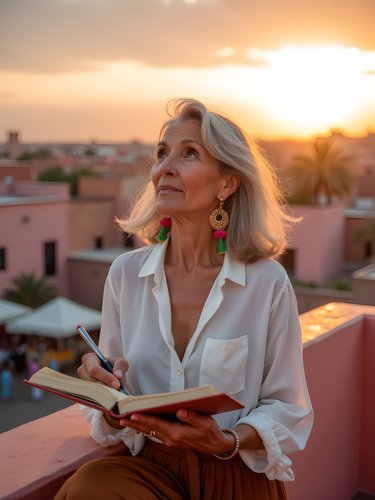
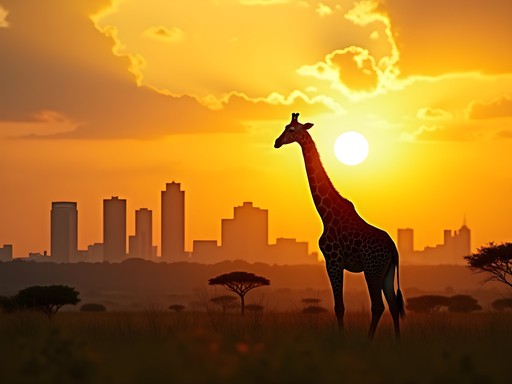
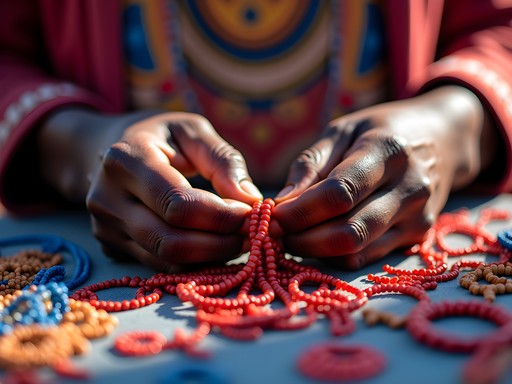
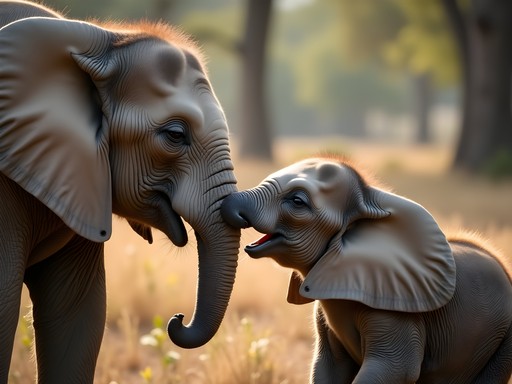
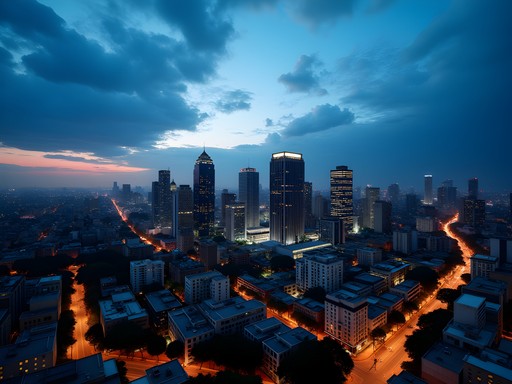
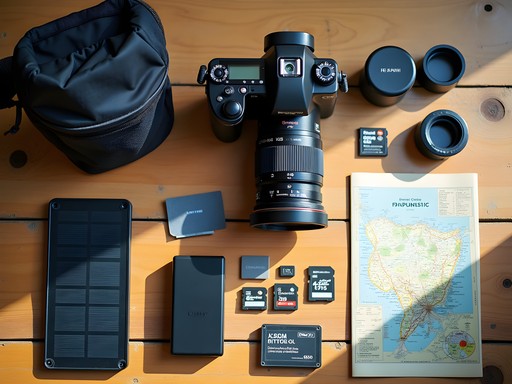


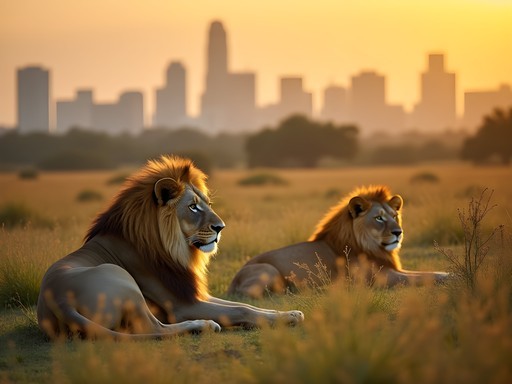
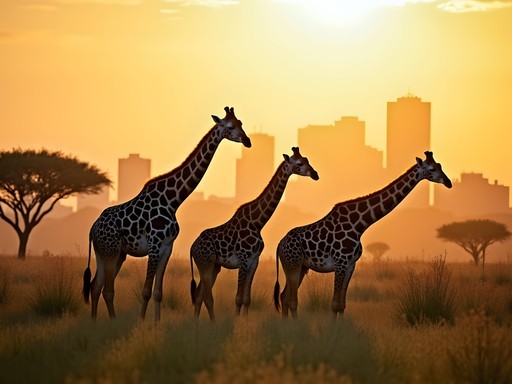
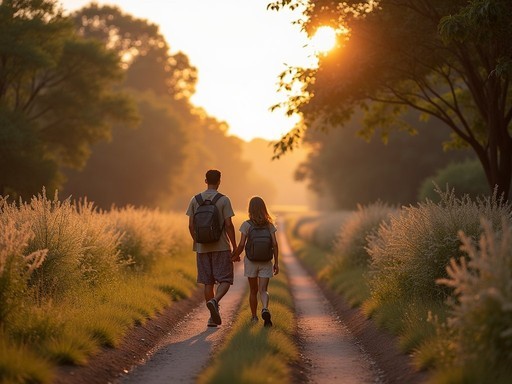
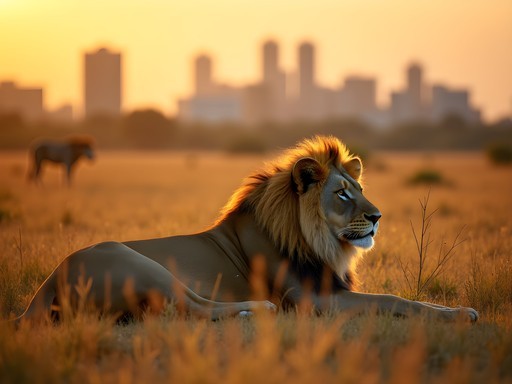
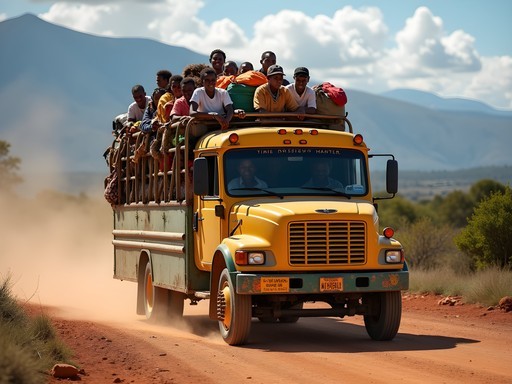


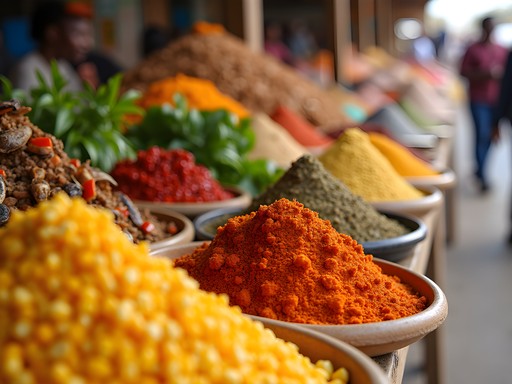
Comments
Claire Hawkins
Your post brought back so many memories! We visited Nairobi last year with our kids (7 and 9) and it was surprisingly family-friendly. The children were mesmerized by the Giraffe Centre - feeding those gentle giants was the highlight of our trip. One spot I'd add for photographers is the Railway Museum - those vintage trains against the modern city backdrop create fascinating compositions, especially in late afternoon light. And the Maasai Market was a riot of colors perfect for street photography, though I found I needed to ask permission before taking portraits (offering to send digital copies via email was appreciated). For anyone traveling with family, we found Nairobi's restaurants incredibly accommodating, and the kids still talk about watching zebras from our breakfast table at a lodge near the national park!
adventurefan9981
The Railway Museum tip is great! Adding it to my list for next month.
Claire Hawkins
You won't regret it! Try to catch the golden hour there if you can.
islandwanderer
What lens would you recommend for the elephant orphanage? Going next month!
Zoe Colombo
For the elephant orphanage, I'd recommend something versatile like a 24-70mm. You'll be relatively close to the elephants during feeding time, and this range lets you capture both portraits and wider context shots.
wintermate
Just got back from Nairobi and your guide was spot on! The Giraffe Centre was a highlight - those close-ups were incredible. One tip I'd add: visit Nairobi National Park on a weekday morning. We went at 6am on Tuesday and practically had the place to ourselves, saw 4 lions and a rhino within the first hour. The morning light was perfect for photography, and the contrast of wildlife with the city skyline in the background was surreal. Did you get a chance to visit Karura Forest? Found some amazing bird photography opportunities there.
Zoe Colombo
That weekday morning tip is gold! And yes, Karura Forest is magical - I should have included it. Did you make it to the waterfall there?
wintermate
Yes! The waterfall was beautiful but challenging to photograph with the contrast between bright spots and shadows. Worth the hike though!
skyfan8633
Planning my first Kenya trip this summer! Is it safe to carry expensive camera gear around Nairobi? Any areas to avoid?
Zoe Colombo
Great question! I felt quite safe with my gear in most tourist areas, but I always use a non-descript camera bag and stay aware of my surroundings. The main sites mentioned in the article all have security. Avoid flashing expensive equipment in crowded downtown areas, especially after dark.
wintermate
I was there last month and used my camera bag which doesn't scream 'expensive camera inside' and was perfect. Also hired a local guide for the first day who showed me the safest spots for street photography.
adventurefan9981
Those giraffe shots against the skyline are incredible! Never seen wildlife and city blend like that before.
Zoe Colombo
Thanks so much! That juxtaposition is exactly what makes Nairobi so special for photographers.
backpacktime5245
Love these tips! Heading to Nairobi next week and can't wait to try that shot of giraffes with the skyline!
wanderlustclimber
You're going to love it! Don't miss the elephant orphanage feeding time - best photo ops are around 11am when they're most active.
backpacktime5245
Thanks for the tip! Adding it to my schedule right now.
sunnyadventurer
Just got back from Nairobi and your guide was invaluable! Those sunset shots from Kenyatta International Conference Centre were worth every penny of the entrance fee. The 360 view of the city is incredible!
Sophia Gomez
Zoe, your guide is spot on! I was in Nairobi for a conference in August and followed your advice about early morning shoots at the national park. The light was magical with the city skyline in the background - truly unique to Nairobi. One tip I'd add is to visit Karura Forest for some incredible nature photography that feels miles away from the city bustle. The waterfall there makes for stunning long exposure shots if you bring a tripod. And the contrast between the urban chaos and peaceful forest is exactly what makes Nairobi so photographically interesting!
winterchamp
The Giraffe Centre was the highlight of my Nairobi trip! Getting those close-up giraffe shots was incredible. Did anyone try the feeding platform for photos? I was too nervous my camera would get slobbered on! 😂
sunnyadventurer
I did! Just make sure you have a camera strap and keep your lens protector on. The giraffes are super gentle but that tongue can definitely leave a mark! Got some amazing close-ups though.
wanderlustclimber
Amazing photos, Zoe! What camera setup did you use for those wildlife shots in Nairobi National Park? I'm heading there in October and still deciding what lenses to bring.
Sophia Gomez
Not Zoe, but I was just there last month for a business trip and managed to squeeze in a safari. A telephoto lens is absolutely essential! I used a 70-300mm and wished I had something with even more reach for those distant animal shots.
wanderlustclimber
Thanks Sophia! That's helpful. I have a 100-400mm that I'll definitely pack then.
Venture X
Premium card with 2X miles, $300 travel credit, Priority Pass